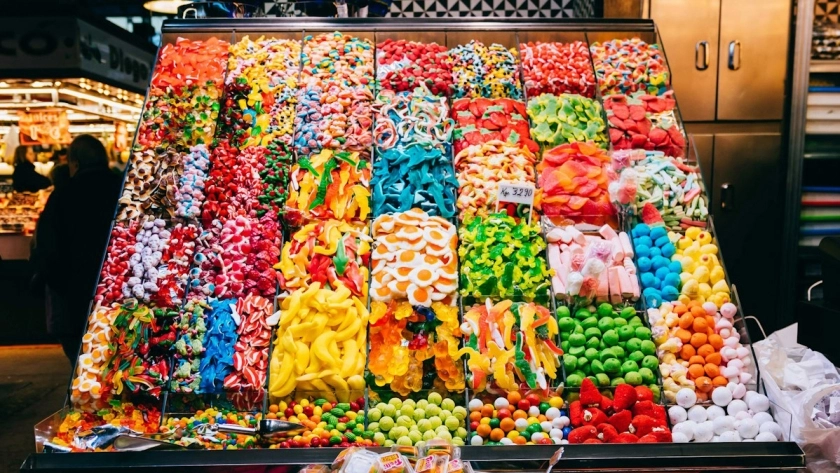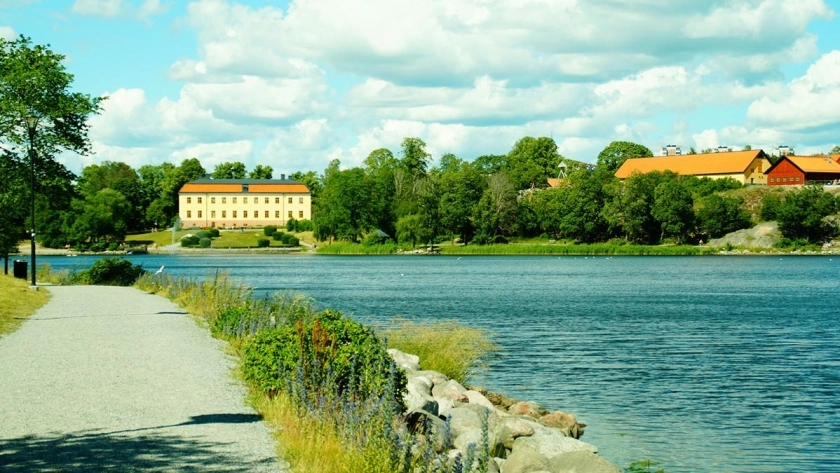
Translating this Swedish concept as “Saturday candy” falls short of fully conveying the meaning and scope of this Swedish national tradition. A quick visit to a local Konsum or ICA on a Saturday is far more effective to sense the blend of excitement, childlike fervor, and liberation that lies behind this quintessentially Scandinavian ritual. You may also be surprised to see that adults—the grown-up kids—sometimes have eyes that sparkle just as much (if not more) than their children when selecting the variety of candies that will fill their weekly little bag.
A tradition or a need for regulation?
Where did this tradition come from? What’s it based on, and what meaning can it hold in this small northern kingdom, known for having one of the highest candy consumption rates in the world? An institution in Sweden since the 1950s, this peculiar concept emerged in the late 1940s with what became known as the Vipeholm Experiments (Vipeholmsexperimenten). Vipeholm is a district in the charming town of Lund, Scania, where a psychiatric hospital was located—the very one that launched a famous research program on dental cavities.
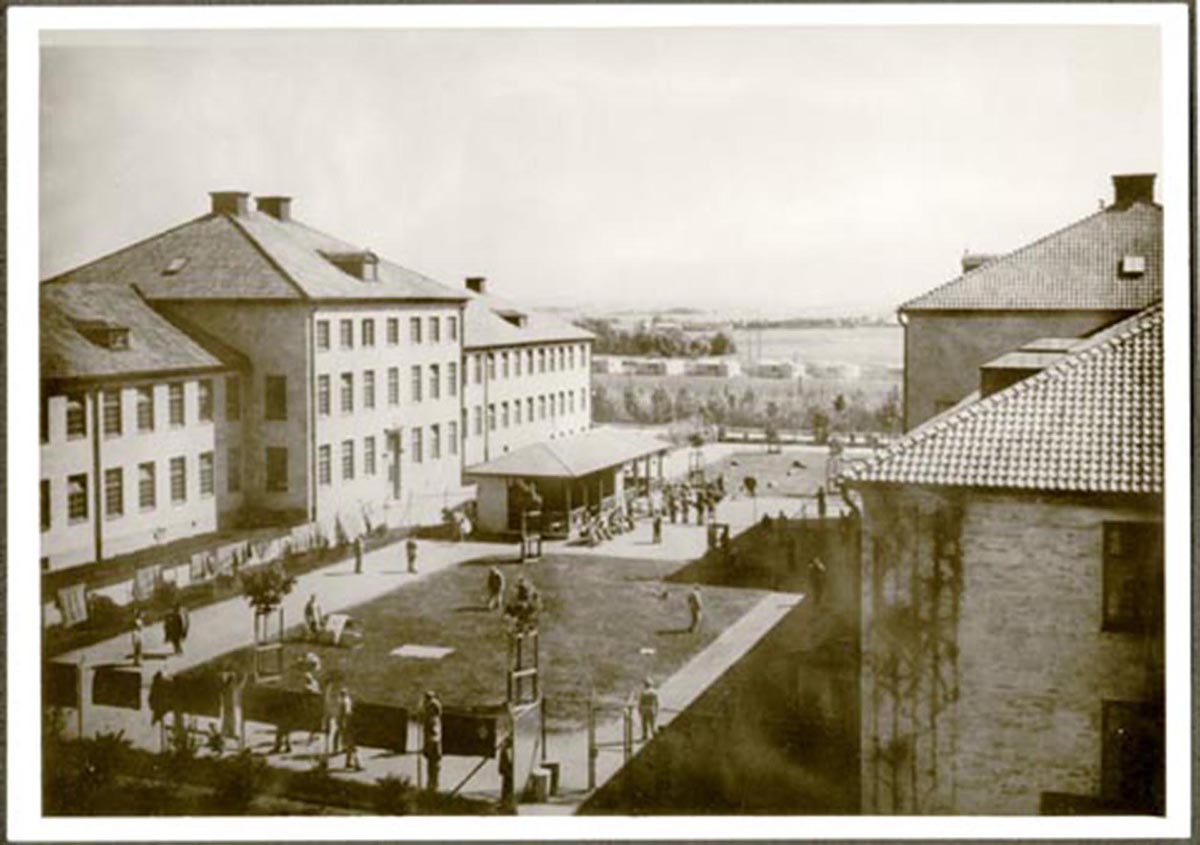 Fotograf Hans Malmberg Källa/upphovsrätt : nordiska museet
Fotograf Hans Malmberg Källa/upphovsrätt : nordiska museet
This hospital was chosen because it housed men, women, and children, making it easier to monitor patients confined within the hospital. Fotograf Hans Malmberg Source/Copyright: Nordiska Museet The program lasted 10 years (from 1945 to 1955) and was funded by a dentists' association, along with various candy manufacturers. The primary goal of the program was to eradicate tooth decay, a genuine scourge in 1940s Sweden, affecting even young children’s baby teeth.
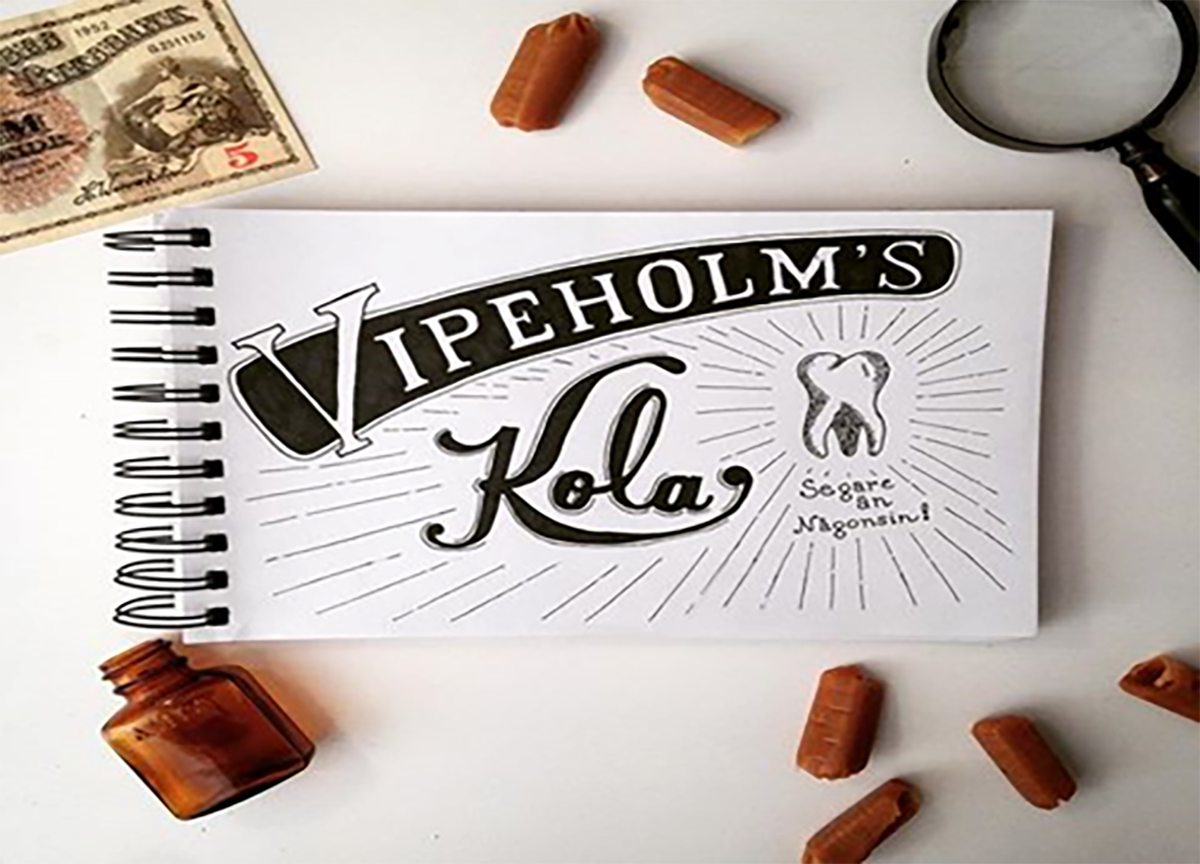 The program involved administering large quantities of sugar to a sample of 1,000 patients through the ingestion of a candy called "Vipeholmstoffee," regularly given to the patients. The idea was to demonstrate the devastating effects of sugar on teeth. The experiment was more than conclusive. By the end, patients—men and women alike—each had about 20 cavities in their mouths. The ensuing debates led to the conclusion that the candy industry bore some responsibility, alongside a clear need for changing dental hygiene standards. The study also revealed that consuming large quantities of candy on a single day was less harmful to teeth than eating candy regularly throughout the week. Thus, the idea of lördagsgodis was born.
The program involved administering large quantities of sugar to a sample of 1,000 patients through the ingestion of a candy called "Vipeholmstoffee," regularly given to the patients. The idea was to demonstrate the devastating effects of sugar on teeth. The experiment was more than conclusive. By the end, patients—men and women alike—each had about 20 cavities in their mouths. The ensuing debates led to the conclusion that the candy industry bore some responsibility, alongside a clear need for changing dental hygiene standards. The study also revealed that consuming large quantities of candy on a single day was less harmful to teeth than eating candy regularly throughout the week. Thus, the idea of lördagsgodis was born.
A scandinavian culture?
So the big question is: Does limiting candy to one day truly limit consumption? While Swedes only eat candy on Saturdays, as the tradition dictates, and otherwise lead a fairly healthy life, they are still the biggest candy consumers in the world, with nearly 17 kg per person per year. So how do they do it? Quite naturally, they gorge on large quantities of candy on Saturdays, abstain all week, and then dive back in the following Saturday. This cycle creates a kind of craving or even dependency, fueled by anticipation and deprivation throughout the week. The next Saturday, the craving kicks in, ensuring a high sugar dose until an overdose, and so on each week. A physical but also emotional dependency develops with these little treats, which compensate for the week’s frustrations and become nearly obligatory and liberating. This mode of consumption might also be linked to another typically Swedish concept (which we’ll explore in another post): ''"mysigt'", the desire to create a cozy, relaxing atmosphere at the end of the week.

What to Say About This Compulsive Consumption? It says everything by itself: you quickly become dependent on sugar, and Swedes—accustomed to restraint all week—are more likely to indulge on weekends. This is quite amusing, especially when we consider how Swedish society functions: what holds true for candy also applies to alcohol consumption, which is heavily concentrated over the weekend. The only difference here is that statistics protect the Swedes’ overall consumption rate, which is much lower than in southern Europe. Lastly, in northern Europe in general, there’s a kind of mythology around candy: its shapes, colors, and highly varied tastes (from sweet to salty, bitter to tangy) fascinate the Nordic people almost as much as the different varieties of cheese or wine might captivate us in France.

You’ll, of course, remember Hansel and Gretel, but perhaps also—if you grew up in the 1970s—the scene where Pippi Longstocking buys 18 kilos of candy to share with all the children in town. That scene says a lot about the Swedish relationship with candy. Attempts to Break the Cycle From the children’s hypnotic gaze at the beginning of that scene to the final binge that follows, candy is deeply woven into Swedish imagination.
Attempts to break the vicious cycle
From the hypnotic observation of children at the beginning of the scene to the subsequent bingeing session, candy is an integral part of the Swedish imagination. When will there be a sugar tax, like in Finland and Norway? However, in Sweden, as in many other countries, obesity is on the rise, and the idea of a sugar tax (söckerskatt) has been discussed several times in the Swedish parliament. However, this has never come to fruition; there is a preference for emphasizing the development of physical activity and measures aimed at promoting regular sports practice rather than any potential limitation on consumption. Meanwhile, in Scandinavia, the Danish neighbors attempted the "söckerskatt" experiment in 2009 but halted it in 2012, deeming the results inconclusive. Norway has had a sugar tax since 1981 and has achieved very encouraging results, particularly in reducing dental problems. Finland (another Nordic country outside Scandinavia) introduced a candy tax in 2013 to reduce what health authorities deemed excessive consumption and continues its efforts. Although the debate regularly resurfaces in the Swedish parliament, no sugar tax has yet been implemented in the kingdom, and sweets in Sweden remain very accessible and inexpensive.
 en
en FR
FR IT
IT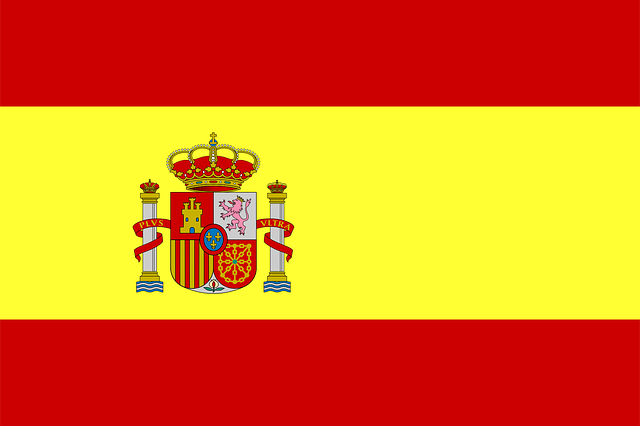 ES
ES
